Imagine sinking your teeth into a fresh tomato you grew in your backyard—it’s a taste of homegrown magic! There’s nothing more delicious than a caprese salad or a fresh pasta sauce made with your own tomatoes.
Tomatoes are nutritional powerhouses. They are packed with vitamins C and A, along with antioxidants like lycopene, that contribute to heart health and are touted for their cancer-fighting properties.
They are also surprisingly easy to grow. But that’s true only if you show them a little love and care. Don’t worry if you are green to gardening—we’ll take you through the A to Z of growing tomatoes. We’ll cover how to grow tomatoes in pots as well as growing tomatoes indoors for our new gardeners.
So, bring out your gardening gloves, and let’s start digging.
Image source: Elaine Casap
- Tomato Quick Facts
- Different Types of Tomatoes
- Where and When to Plant Tomatoes
- How to Grow Tomatoes from Seeds
- Tomato Plant Care
- Pruning Tomatoes
- Propagating Tomatoes With Stem Cuttings
- Common Tomato Plant Problems
- Best Practices for Growing Tomatoes
- Plant your Own Tomatoes for a Garden-to-Table Joy
- FAQs for Growing Tomatoes
Tomato Quick Facts
Scientific Name: Solanum lycopersicum
Sun Exposure: Needs full sun
Bloom Time: Summer
USDA Hardiness Zones: 10-11
Soil pH: Slightly acidic
Mature Size: can reach a height of 3–10 feet if supported on a trellis.
Toxicity: Tomato plant leaves can be toxic to pets if ingested.
Different Types of Tomatoes
There are several types of tomatoes and varieties, each with its unique characteristics, suited for different tastes, culinary uses, and growing conditions Here are some of the more popular tomato varieties:
Cherry Tomatoes
Image source: TYRON PIPPIN
Cherry tomatoes are great for salads and are the easiest to grow at home. Their color ranges from bright red to golden-orange. The most common cherry tomato varieties are Sun Gold, Black Cherry, Tiny Tim, and Sweet Million.
Plum Tomatoes
Image source: Markus Spiske
Plum tomatoes are an Italian variety. They are meaty, with thick flesh and fewer seeds. These tomatoes can be identified by their long oval shape. Classic varieties include Roma, Roma VF, and San Marzano.
Beefsteak Tomatoes
Image source: JZEve
As the name suggests, they are large, juicy varieties and often lobed. They are perfect for burgers and sandwiches. Common varieties include Cherokee Purple, Big Boy, Mortgage Lifter, and Brandywine.
Heirloom Tomatoes
Image source: sbond
Unlike hybrid tomatoes developed for specific traits, heirlooms are open-pollinated, meaning they reproduce true to type from seeds. These tomatoes often boast vibrant colors of red, yellow, orange, and green. Each variety is rich in flavor too. The most common heirlooms used in cooking are Green Zebra, Black Krim, Mr. Stripey, and Amish Paste.
Novelty Tomatoes
Image source: beautifultaurangalife
Novelty tomatoes are bred for their striking colors, unusual shapes, and distinct flavors. Popular varieties include Yellow Pear, Chocolate Stripes, Jelly Bean, White Wonder, and Striped German.
Determinate Vs. Indeterminate Varieties
Image source: ndianagardener (left: determinate, right: indeterminate)
Tomatoes have two types of growth habits: determinate and indeterminate. These terms refer to how the plants grow, produce fruit, and, ultimately, their overall structure.
Determinate tomatoes have a compact and bush-like growth habit. They reach a predetermined height, usually between 2 to 4 feet. They tend to set and ripen their fruit within a relatively short period, often over a few weeks.
Indeterminate tomatoes have a vining or sprawling growth habit. They continue to grow and produce fruit throughout the growing season until frost. These varieties produce flowers and fruit along the entire length of their stems, unlike determinates, where flowering and fruiting are concentrated at the ends of the main stems.
Determinate varieties, such as Roma, Bush Early Girl, and Patio Princess, are ideal for containers. Indeterminate varieties such as Big Beef, on the other hand, should be planted in larger garden spaces where they can sprawl or be supported vertically.
Where and When to Plant Tomatoes
Tomatoes are sun worshippers, which means they need full sun exposure. So make sure to wait until the cold weather passes. The right time for planting tomatoes is in late spring when the soil has warmed up to a cozy 60°F (15°C) or more.
If you are growing tomatoes indoors, then you can get started earlier. Plant the tomato seeds in seed trays 2–4 weeks before spring. By the time the warm weather starts, tomato saplings will be ready to transplant into the soil.
Now, about the where—tomatoes need 6–8 hours of sunshine a day. So you will need a spot that receives full sun. You can plant tomato plant saplings directly in the soil, in a raised bed, or in pots. Tomatoes need a fertile, well-draining soil. If your soil needs a little boost, add in some compost or manure.
How to Grow Tomatoes from Seeds
There are over 10,000 tomato varieties. So, the first thing to know is what kind of tomato you want to grow—plump heirlooms, bite-sized cherries, or robust beefsteaks. Choose a variety that is suitable to your needs. Check out your local nurseries or buy tomato seeds online to get started.
To create a cozy home for tomato seeds, you’ll need some seed-starting trays (a repurposed egg carton will also do). Fill them with a well-draining seed-starting mix, giving your tomato seeds a comfortable bed to sprout. Gently press the seeds into the soil, keeping them at a depth of about half an inch. Don’t bury them too deep, or they may not sprout. Pat the soil down gently and spray some water on it.
Place your seed containers in a warm spot. If Mother Nature isn’t providing enough warmth, consider creating a mini greenhouse by covering the tray with a plastic bag. Occasionally water them if you see the soil turning dry.
Once the seeds sprout their first set of true leaves, you can transplant them into a larger pot, allowing their roots to stretch and flex. The tomatoes will thank you for the extra legroom!
Feed them with a balanced, water-soluble fertilizer at the start of summer to support their growth. When the tomato plant grows big enough to fill the pot, you can transplant it directly into the garden bed. If you have an indeterminate variety, it needs more room to grow. So, make sure to space the saplings three feet apart. Determinate varieties can be planted closer together.
You can also take individual saplings to plant in separate pots, so they have more room to grow.
Image source: Markus Spiske
How to Grow Tomatoes in Pots
Even if you’re short on space, you can grow tomatoes in pots. Usually, smaller varieties like cherry tomatoes can easily be grown in pots.
For growing tomatoes in pots, make sure the pot is at least five gallons so you have room to plant plenty of seeds. Fill it with a high-quality potting mix and plant 4–5 tomato saplings around two inches deep in the soil. Keep the soil consistently moist but not waterlogged. A little mulch on top can help retain moisture. Potted plants also need fertilizer, albeit a bit less than ground plants. Feed your potted tomatoes with a balanced fertilizer at the start of their growing season to keep them healthy and productive.
You will need to add stakes or a cage to support its growth.
Image source: ogrodwdoniczkach
Tomato Plant Care
With a little TLC, a tomato plant will reward you with red, juicy fruits in the peak of summer. Follow these care tips to ensure your tomatoes thrive.
Light, Water, and Soil Requirements
Find a sunny nook for your plant. Pick a spot that receives at least 6–8 hours of direct sunlight each day. If you are growing tomatoes in pots, place them on your balcony or deck. Choose a pot with drainage holes to prevent waterlogging. Fill it up with a high-quality potting mix made of peat moss, bark, perlite, and vermiculture. Add in compost to make the soil slightly acidic.
When it comes to watering, erring on the side of underwatering is better. Too much moisture breeds pests and diseases and will stunt your plant’s growth. To make sure the soil doesn’t get soggy, water the tomato plant first thing every morning so the afternoon sun can soak up extra water.
Fertilizer
Tomato plants need calcium, which makes the fruit firmer and the stems stronger. Add calcium pellets (only once per growth cycle) at the start of the growing season. For a sustainable option, you can also add eggshells in the soil. Additionally, feed them with an N-P-K fertilizer in a 1:2:1 ratio. Spread half a cup of fertilizer along the base of the plant and gently mix it in with the top inch of soil. Fertilize again when the first fruit is harvested.
Image source: buitenleven8
Pruning Tomatoes
Pruning improves air circulation and maximizes fruit production. It can also speed up the ripening process. That’s because when the unhealthy stems and dead leaves are cut off, it redirects the plant’s energy to the fruit.
The best time to prune is when the first flower clusters appear. Early pruning sets the stage for a well-organized and fruitful tomato plant. Here are some tips for pruning tomato plants:
1. Snip off the bottom leaves. They’re closest to the soil and more prone to diseases.
2. Thin out crowded branches.
3. Pinch off small shoots that sprout between the main stem and branches. While they may seem innocent, they divert energy from fruit production.
4 Tomato plants can get a bit unruly as they grow taller. Stake or cage them to provide support and prevent sprawling. This not only keeps them tidy but also ensures those precious tomatoes don’t touch the ground.
5. At the end of the growing season, cut back the stem tips. This will redirect energy towards ripening the fruits quickly before frost sets in.
6. Prune in the morning when the plants are hydrated and less stressed.
Note: Indeterminate varieties can grow quite tall and need constant pruning. Determinate varieties are short and bushy and should not be pruned often, as it can hinder their growth.
Image source: Veronica White
Propagating Tomatoes With Stem Cuttings
Pruning back crowded branches will give you enough stem cuttings to grow new plants with the same desirable traits as their parent plant.
Materials You’ll Need:
1. Healthy tomato plant
2. Sharp pruning shears or scissors
3. Rooting hormone
4. Seedling pots or containers
Step-by-Step Guide:
1. Choose a healthy side shoot from the parent plant. Side shoots are the smaller stems that grow between the main stem and branches. Opt for a stem that is about 4–6 inches long and has a few sets of leaves.
2. Using your sharp pruning shears, make a clean cut just below a set of leaves.
3. Trim off the lower leaves from the cutting, leaving only the top set of leaves. This helps reduce moisture loss and directs the plant’s energy toward root development.
4. Dip the cut end of the stem into the hormone powder to encourage faster root development
5. Insert the cutting into the potting mix, burying it about 2 inches deep. Gently press the soil around the cutting to provide stability.
6. Water them thoroughly and place the plant in indirect sunlight to avoid stressing the young cuttings.
7. Once you observe new growth and roots, it’s time to transplant your new tomato plant into a larger container or directly into the garden.
Pro Tip: Take cuttings during the growing season when the plant is actively producing new growth.
Image source: robinschoutenart
Common Tomato Plant Problems
Tomato plants, though generally robust, are quite susceptible to pests, diseases, and various other problems that may affect their growth and yield. Keep an eye out for these common issues:
Common Pests
• Aphids are tiny, sap-sucking insects that cluster on the undersides of leaves. Blast them off with a strong stream of water.
• Whiteflies suck on the plant juices and can transmit diseases. A sticky fly trap is an effective control method.
• Hornworms are large, green caterpillars that can munch through tomato leaves and fruit. Handpick them or use Bacillus thuringiensis, a natural bacterial insecticide.
• Spider mites can cause leaf discoloration. Use an insecticidal spray to control them.
Image source: K F
Common Diseases
Blossom End Rot
This rot happens due to a calcium deficiency that results in dark, sunken areas on the blossom end of the fruit. It can dramatically reduce the plant’s health and fruit quantity. This rot is not caused by any pathogens. Instead, it is believed to be caused by stress factors such as fluctuations in the plant’s water supply.
To prevent blossom end rot, perform a soil test to check its pH. The ideal soil pH for tomato plants is 6.0 to 6.5. To add more calcium to the soil, you can add anything from bone meal to oyster shell or gypsum. Make sure to add the calcium at the time of planting to prevent this problem from developing.
Additionally, you should apply mulch to conserve soil moisture.
Image source: agrihubng
Early Blight and Late Blight
Early blight is a fungal disease that affects the tomato foliage. It can be identified by dark spots with concentric rings on lower leaves. Over time, the leaves turn yellow and start falling. It can also affect immature, green fruit. Remove infected leaves, apply a fungicide, and practice crop rotation to prevent its recurrence.
Late blight is a more serious fungal disease that commonly affects potatoes and tomatoes. It appears as gray lesions on leaves, stems, and fruit and also produces a white fuzzy growth on the underside of infected leaves. The entire fruit may also turn brownish-black but will remain firm. Improve air circulation, apply fungicides, and promptly remove affected plant parts to combat this disease.
Image source: simplifygardening
Septoria Leaf Spot
This is a fungal disease that causes small, dark spots with a lighter center on infected leaves. This disease can spread rapidly and defoliate the entire plant. Dark leaf spots are indicative of this fungal disease. Remove infected leaves as quickly as possible to prevent its spread. Spray plants repeatedly with fungicide to keep this disease in check.
Image source: coraopolis
Anthracnose Fruit Rot
Anthracnose fruit rot is caused by the fungus Colletotrichum coccodes. This pathogen primarily targets the fruit, causing dark, sunken lesions that compromise the quality and yield of the crop. Anthracnose thrives in humid conditions, making it more prevalent in warm, wet climates.
Choose tomato varieties that are resistant to anthracnose to reduce the risk of infection. You should also avoid planting tomatoes in the same location year after year to minimize the buildup of pathogenic spores in the soil. In case you live in a humid climate, use drip irrigation instead of overhead watering to keep foliage dry.
Image source: dostpcaarrd
Troubleshooting Other Problems of Tomato Plants
Uneven Ripening
If your tomatoes show uneven coloration, it may be because of inconsistent watering, temperature fluctuations, and nutrient imbalances. If you are growing the plant in a pot, rotate it frequently to ensure it receives sunlight evenly. Move it to shade during extreme heat.
Image source: smarchypants
Blossom Drop
If the tomato plant flowers are dropping off before turning into fruit, it means your plant is under stress. It can be caused by high temperatures, low moisture, or sudden changes in environmental conditions. Mulch around the base to regulate soil temperature and retain moisture.
Image source: steverino928
Cracking
Fluctuations in water supply can cause cracking, where tomatoes develop concentric cracks on the skin. This usually happens when a heavy rain follows a dry spell, leading to rapid expansion and contraction of the fruit. To prevent cracking, water the tomato plants consistently.
Image source: ecowormfertilisers
Yellowing Leaves
Yellowing leaves are a sign of nitrogen deficiency. It can also be caused by overwatering or diseases like early blight. Promptly remove affected leaves and add in a balanced fertilizer.
Image source: ppuddin
Wilting
If your entire plant is wilting, even with sufficient water, it could be because of a soil-borne disease. Rotate your crops every season, and choose disease-resistant tomato varieties for healthy growth.
Image source: Clemkoa
Best Practices for Growing Tomatoes
Follow these tips to ensure a bountiful harvest of juicy, sun-ripened tomatoes.
• Choose disease-resistant varieties such as Better Boy, Sun Gold, or Roma VF. These varieties are bred to withstand specific diseases, providing an extra layer of protection.
• Fertilize the plant twice. First at the time of planting, then again when the first fruit appears.
• Add eggshells or oyster shells to the soil to feed it natural calcium.
• Stake your plant to support their vining growth.
• Rotate your plants to reduce the risk of soil-borne diseases. Avoid planting tomatoes in the same spot for consecutive years.
• Harvest tomatoes regularly to encourage continuous fruit production.
• If the temperature starts to drop, but the green fruits haven’t ripened, then here’s what you can do: Harvest the mature, pale green tomatoes and store them in a paper bag or wrap them in newspaper. Put them inside a cardboard box and leave them to ripen.
• If you have an abundance of tomatoes, consider preserving them through canning, freezing, or making sauces. This way, you’ll be able to enjoy your harvest throughout the year.
Image source: Andrew Kitchen
Plant your Own Tomatoes for a Garden-to-Table Joy
Tomato plants are beginner-friendly, so even if you are green to gardening, you should consider cultivating them. What can be better than the joy of witnessing seeds sprout into plump, sun-ripened tomatoes, ready to be cooked? Plucking a ripe tomato from the vine and incorporating it into your homemade meal can be a thrilling experience.
The humble tomato plant can be your gateway to gardening. Once you master the art of growing tomatoes, consider growing beautiful flowers in your garden, such as lantana, hollyhocks, and aster.
Image source: Jorien Loman
FAQs for Growing Tomatoes
What is the Best Month to Plant Tomatoes?
The best time to plant tomatoes depends on your local climate and frost dates. In most regions, they are planted in spring or early summer, when soil temperatures have warmed up.
Should I Pinch Off Tomato Flowers?
While it may seem counterintuitive, pinching off early flowers can benefit the plant. This is especially relevant for determinate varieties or when growing tomatoes indoors. Pinching off flowers redirects energy to the development of a stronger root system and healthier foliage, ultimately leading to better fruit production. Pinch only the first few flowers that appear.
How Long Do Tomatoes Take to Grow?
In optimal conditions, tomato seeds start germinating in 5–10 days. The plant generally takes around 6–8 weeks to start developing strong leaves. Depending on the variety, tomatoes take approximately 55-85 days to grow from a seedling to a mature fruit.
Is Tomato a Fruit or a Vegetable?
Tomatoes are classified as fruits. In botanical terms, a fruit is the mature ovary of a flowering plant, usually containing seeds. Tomatoes fit this definition as they develop from the ovary of a flower and contain seeds inside.
However, in a famous case in the United States, Nix v. Hedden (1893), the U.S. Supreme Court ruled that tomatoes should be classified as vegetables for tariff purposes, reflecting their common culinary use. Nonetheless, this ruling doesn’t change the botanical classification of tomatoes as fruits.
Hazah!!! Another worthless article!!! Instructions to grow the easiest plant ever...during the exact opposite of the proper growing season! Glad these "writers" are being paid for their worthless content!!!!!
Hazah!!! Another worthless article!!! Instructions to grow the easiest plant ever...during the exact opposite of the proper growing season! Glad these "writers" are being paid for their worthless content!!!!!

 Dark Mode
Dark Mode 

 No fees, cancel anytime
No fees, cancel anytime 







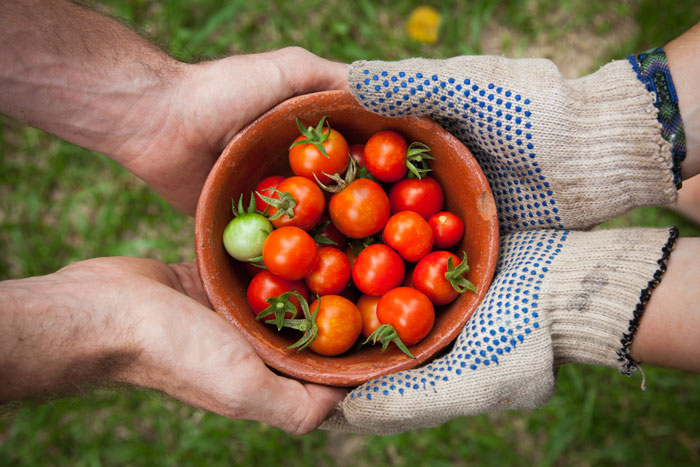
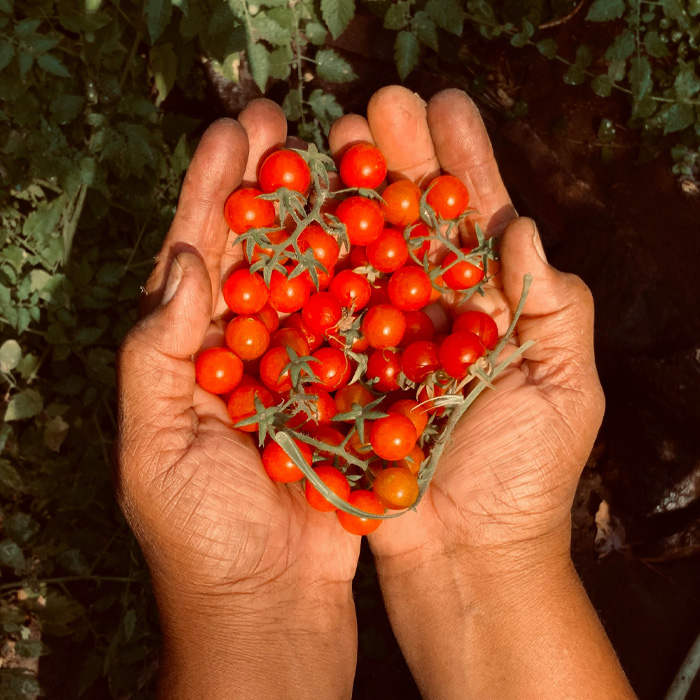
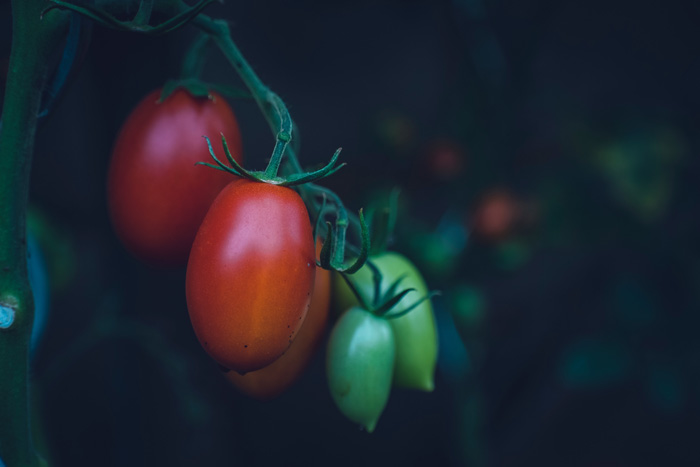
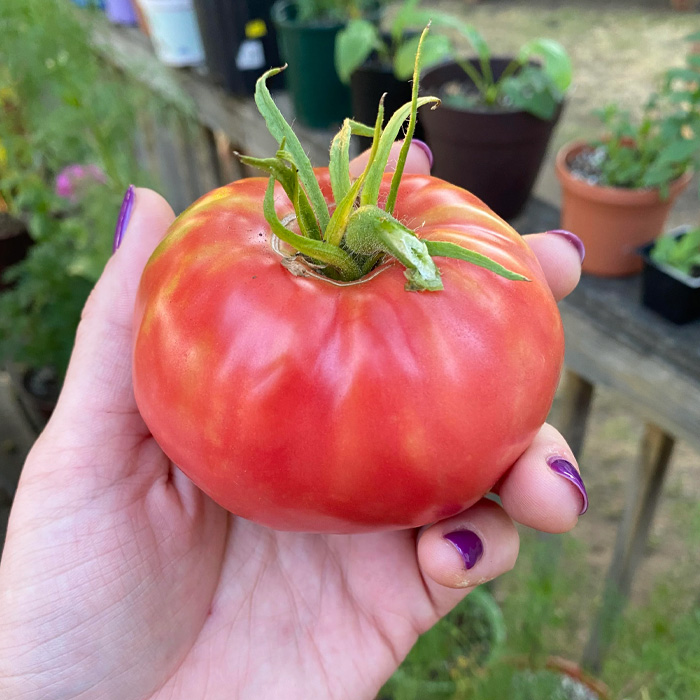
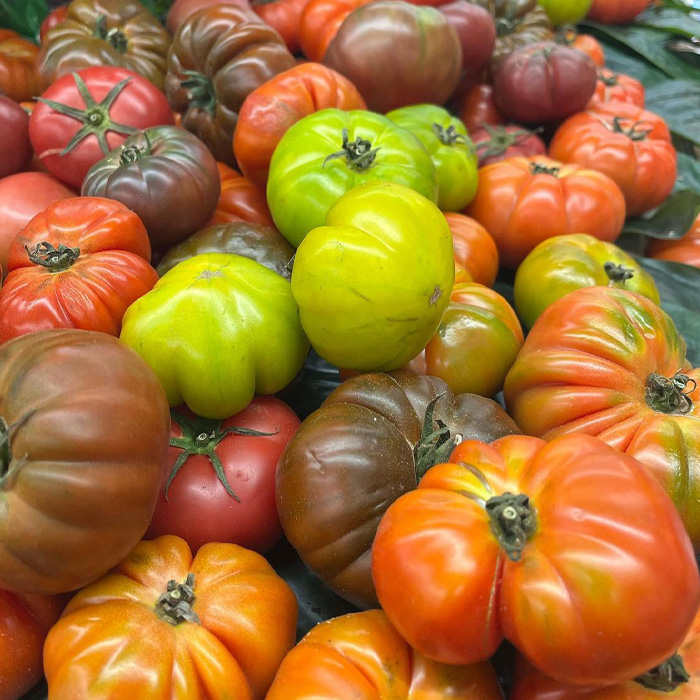
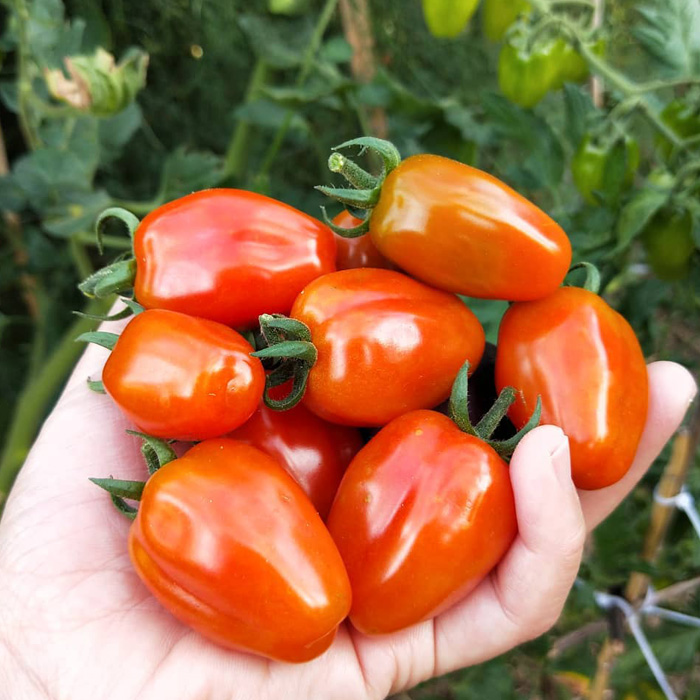
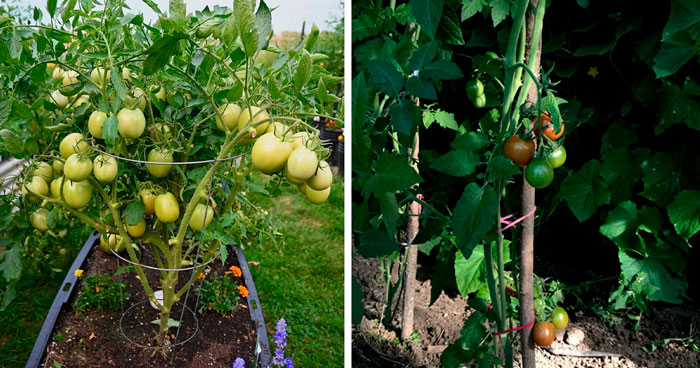
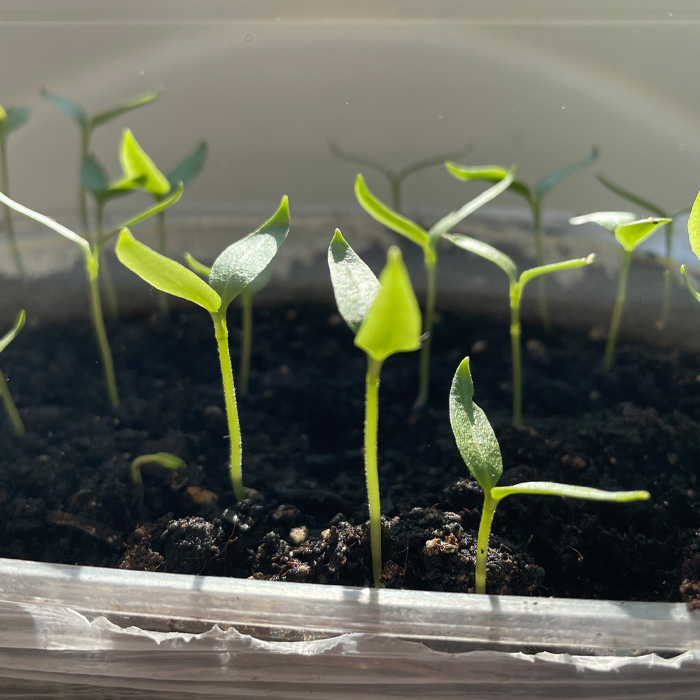
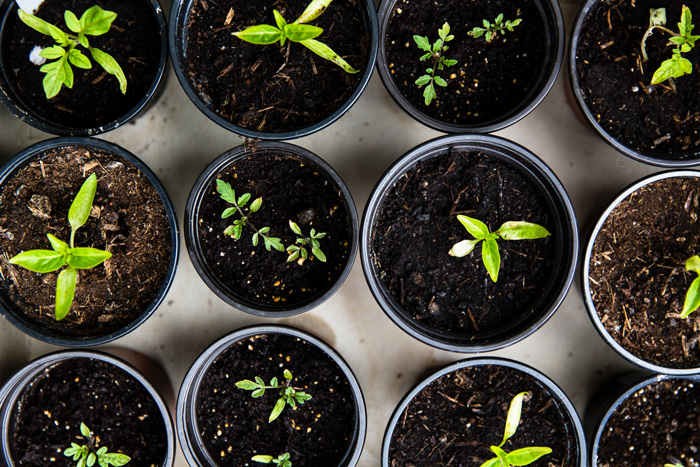
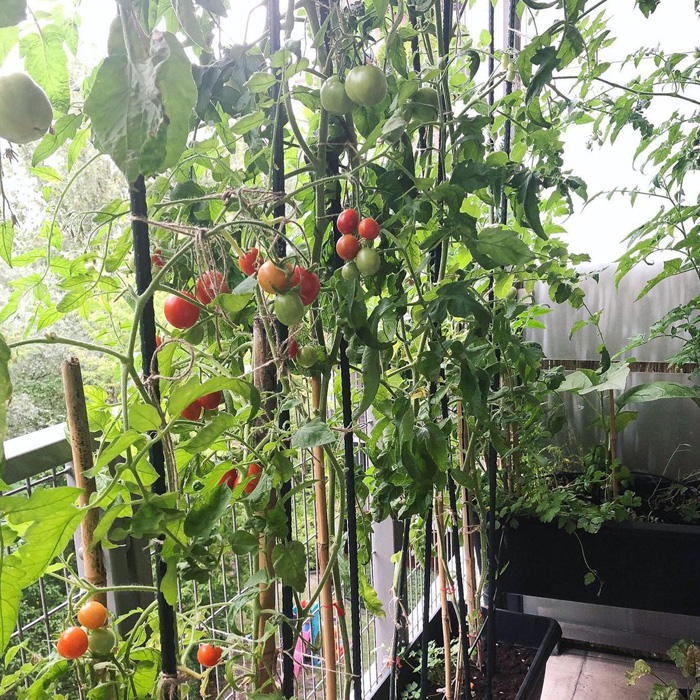
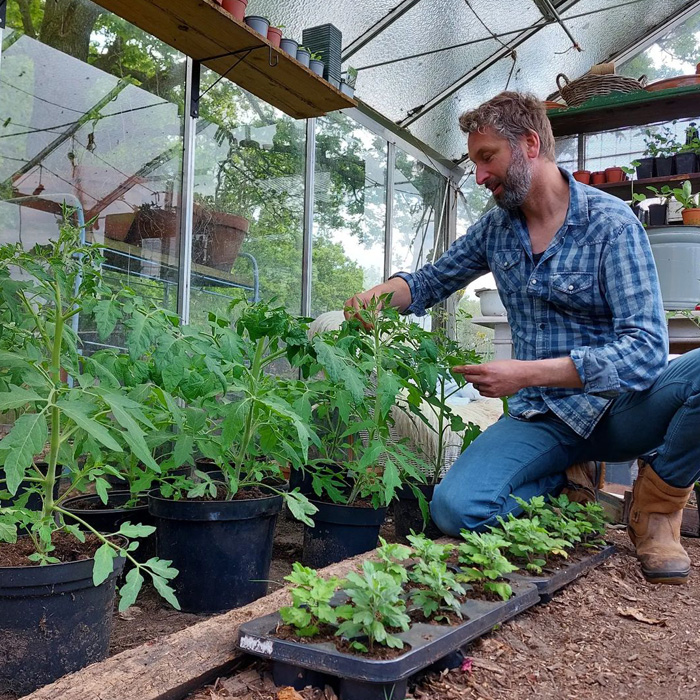
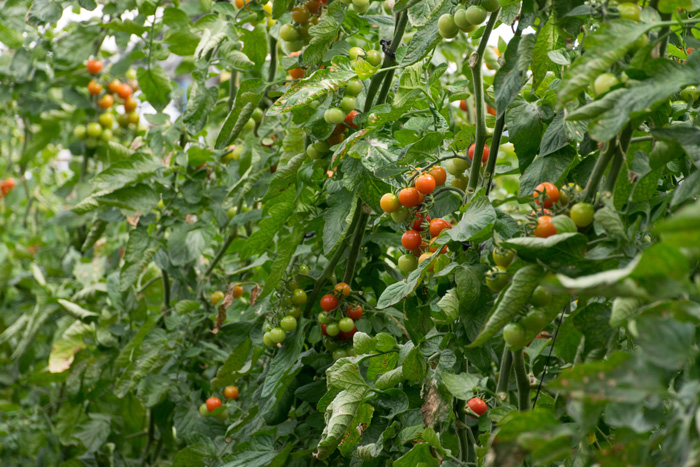
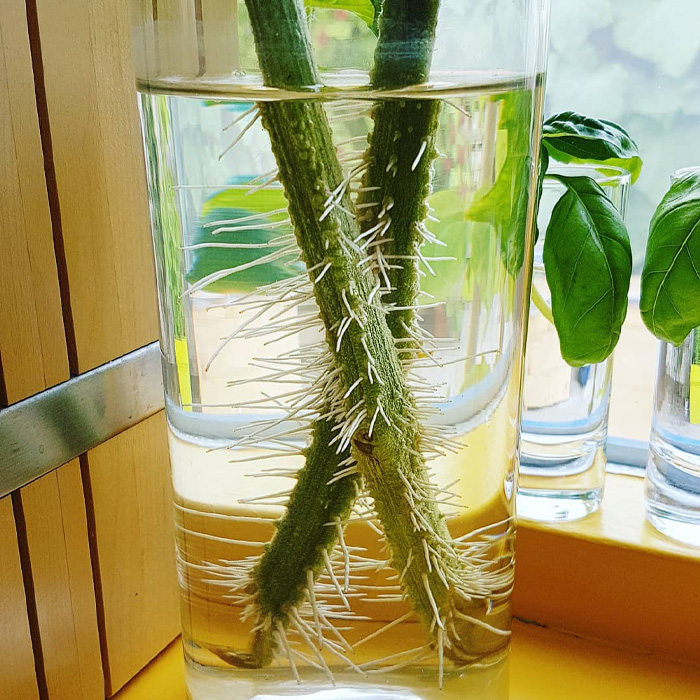
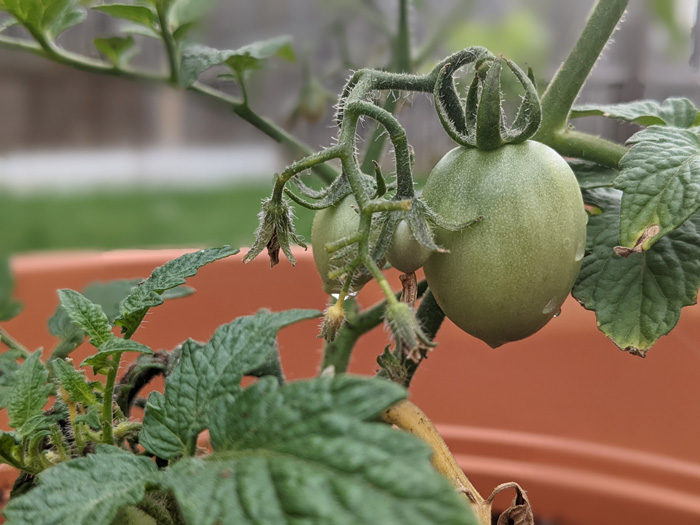
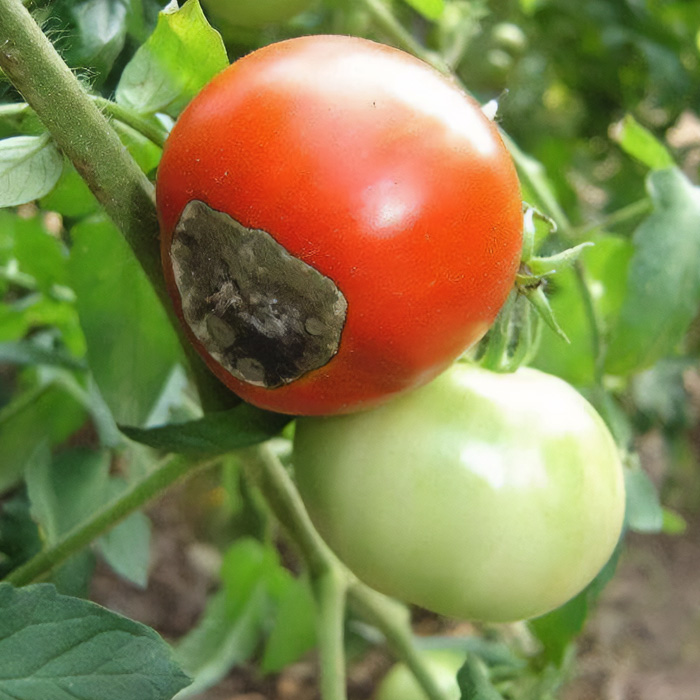
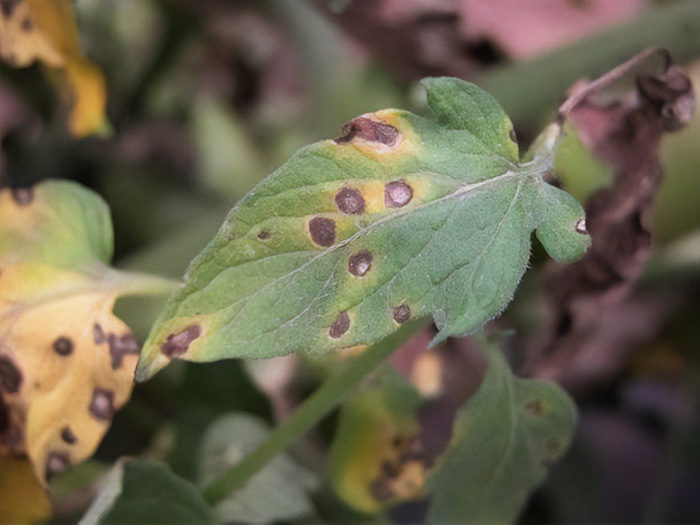
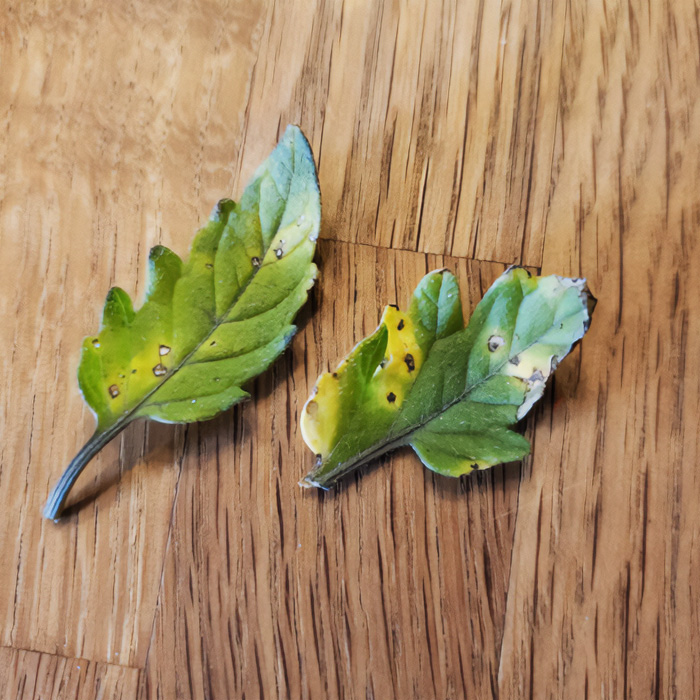
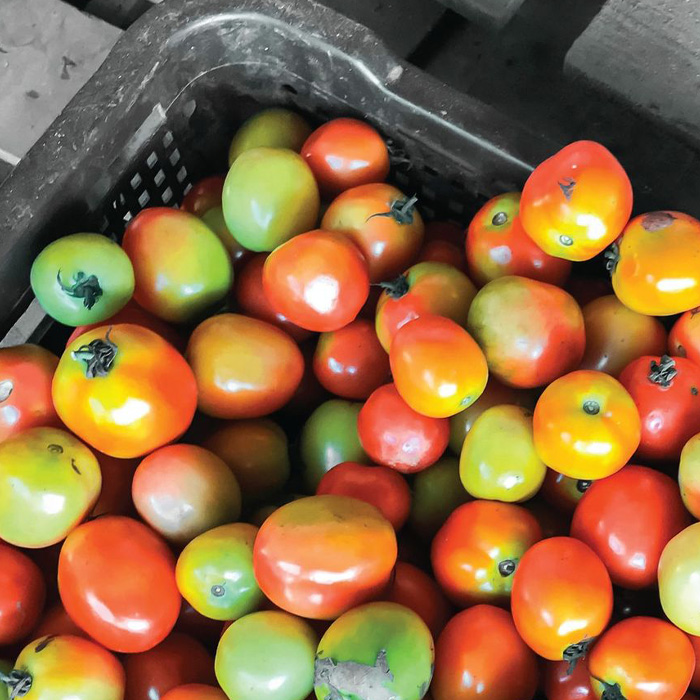
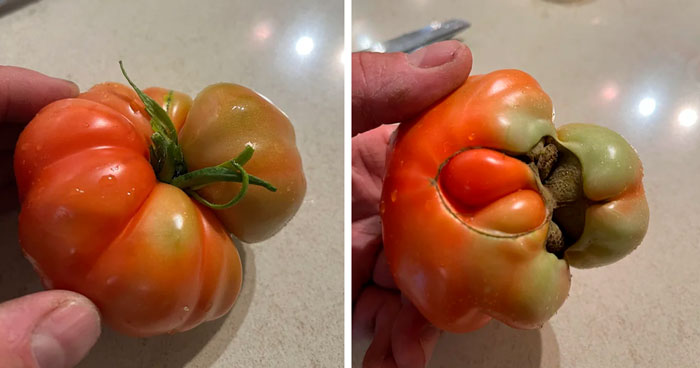
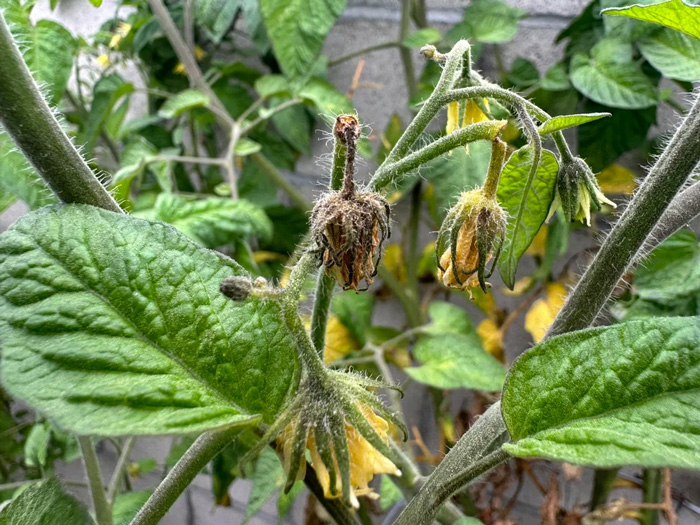
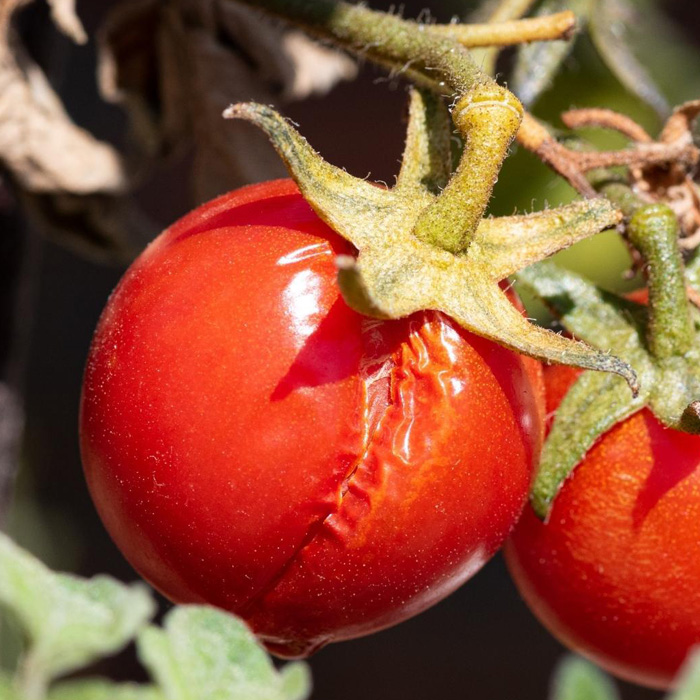
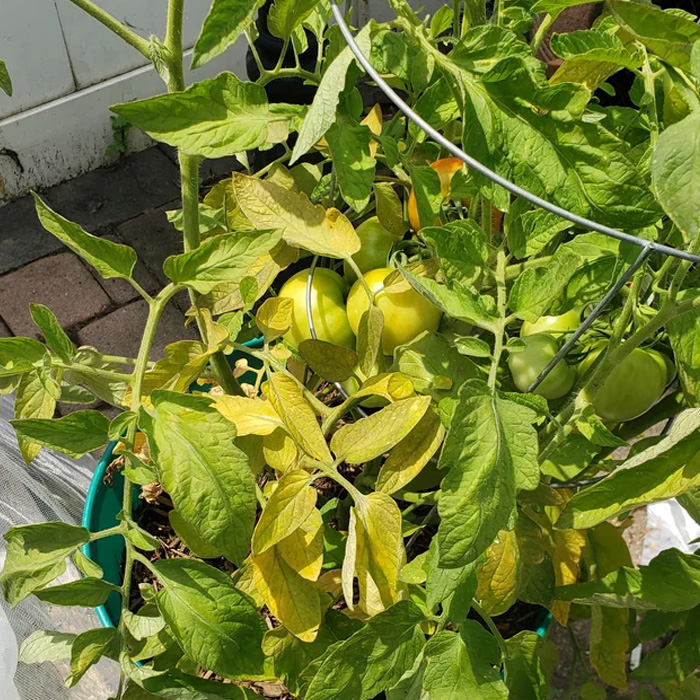
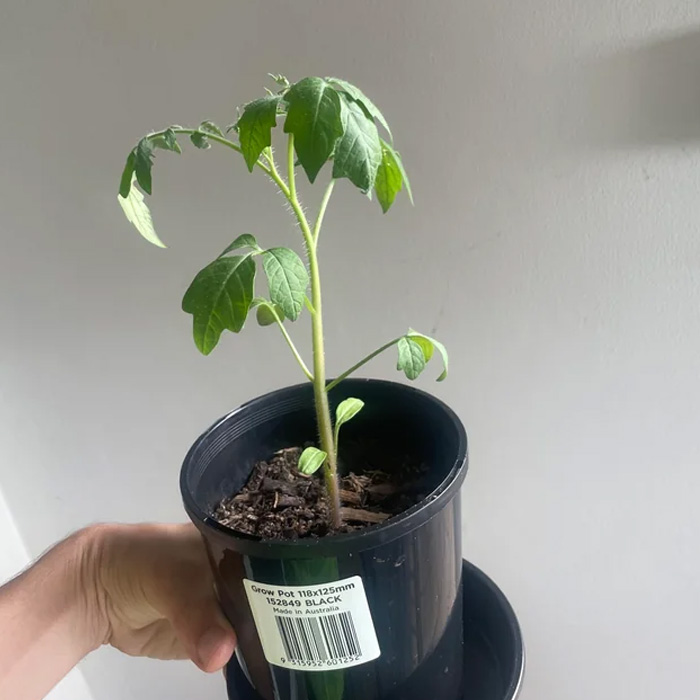
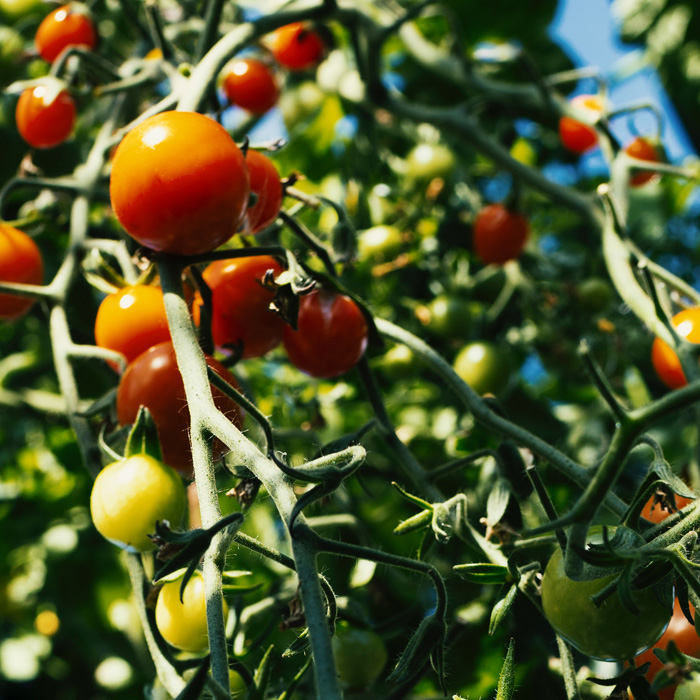
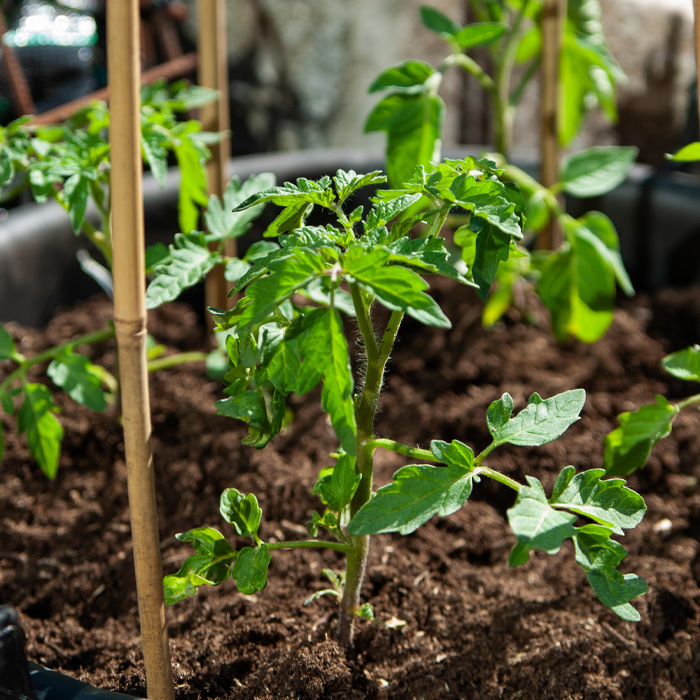












































13
1